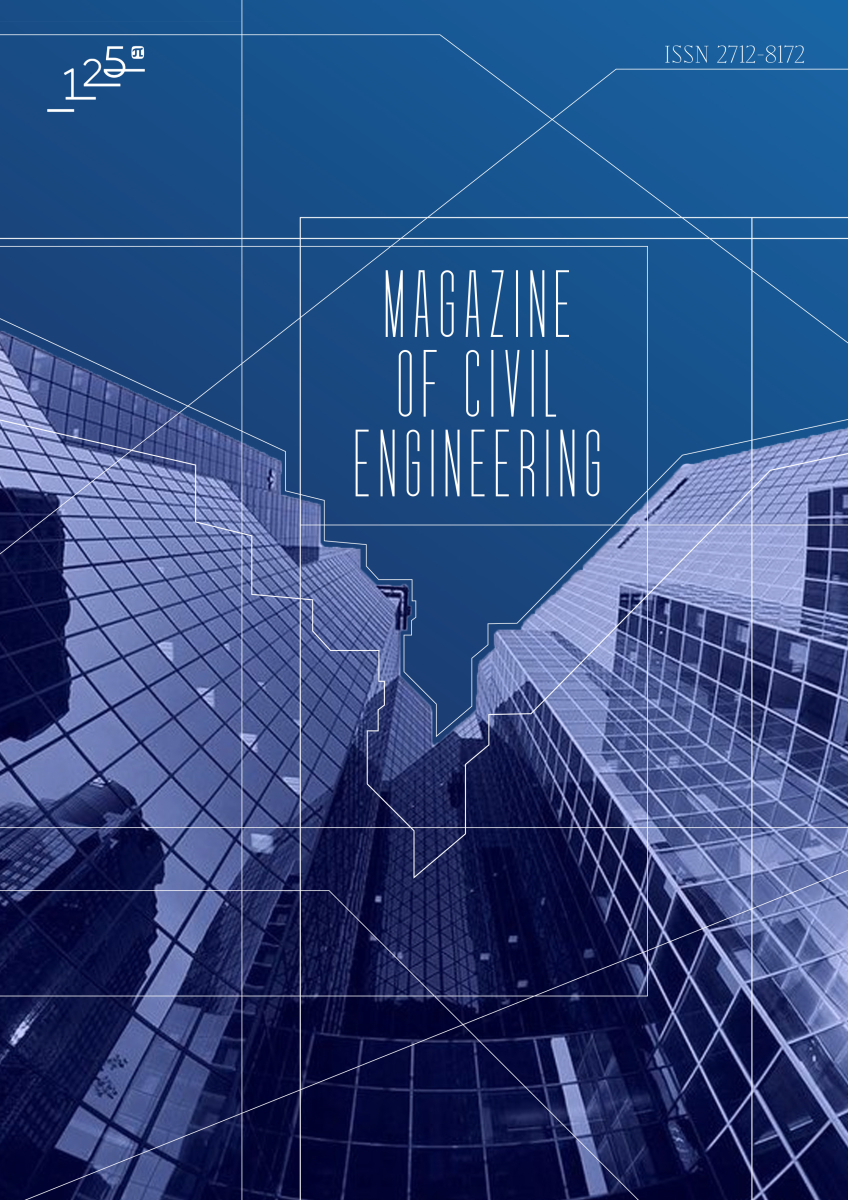Impact of elevated temperature on the shear behavior of strengthened RC beams
When the concrete structures are exposed to escalated temperatures (500°C and higher), concrete fails because of the decay of cement hydration products, development of vapor pressure, and undesired variations in the volume of ingredients. Heat-damaged concrete structures can restore their strength when strengthened with carbon fiber-reinforced polymer (CFRP). Therefore, an experimental study investigated the influence of elevated temperatures on the shear behavior of reinforced concrete (RC) beams strengthened externally with CFRP. For this purpose, forty reinforced concrete beams were cast. Thirty-two of them were externally strengthened with CFRP and eight beams were unanchored and left as a control. The beams then were tested under four-point bending to assess their structural performance in terms of failure modes, and load-displacement relations. Results have shown, explicitly, that the control specimens encountered a brittle failure, unlike the ones strengthened with CFRP, as those had a ductile mode. The strengthened beams showed an increase in the ultimate load-carrying capacity accompanied by an enhancement in mid-span deflection in different percentages with respect to the control beam. This technique also improved the shear capacity of the anchorage area, reflecting an improvement in the effectiveness of the anchored CFRP laminates. Finally, the influence of the exposed temperature on the ductility, energy absorption, and ultimate load reduction percentage is significant and increased with the increase of temperature.


